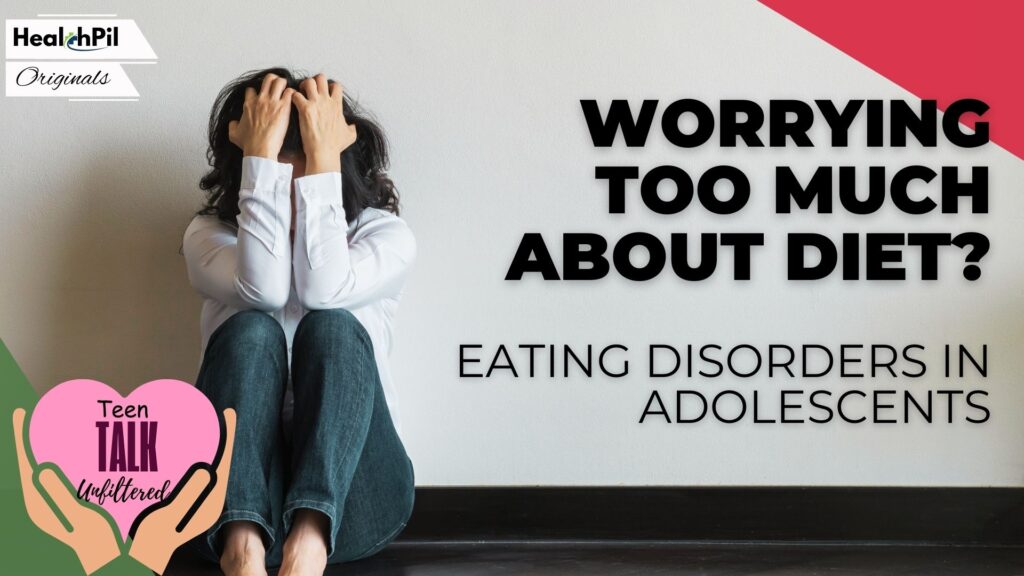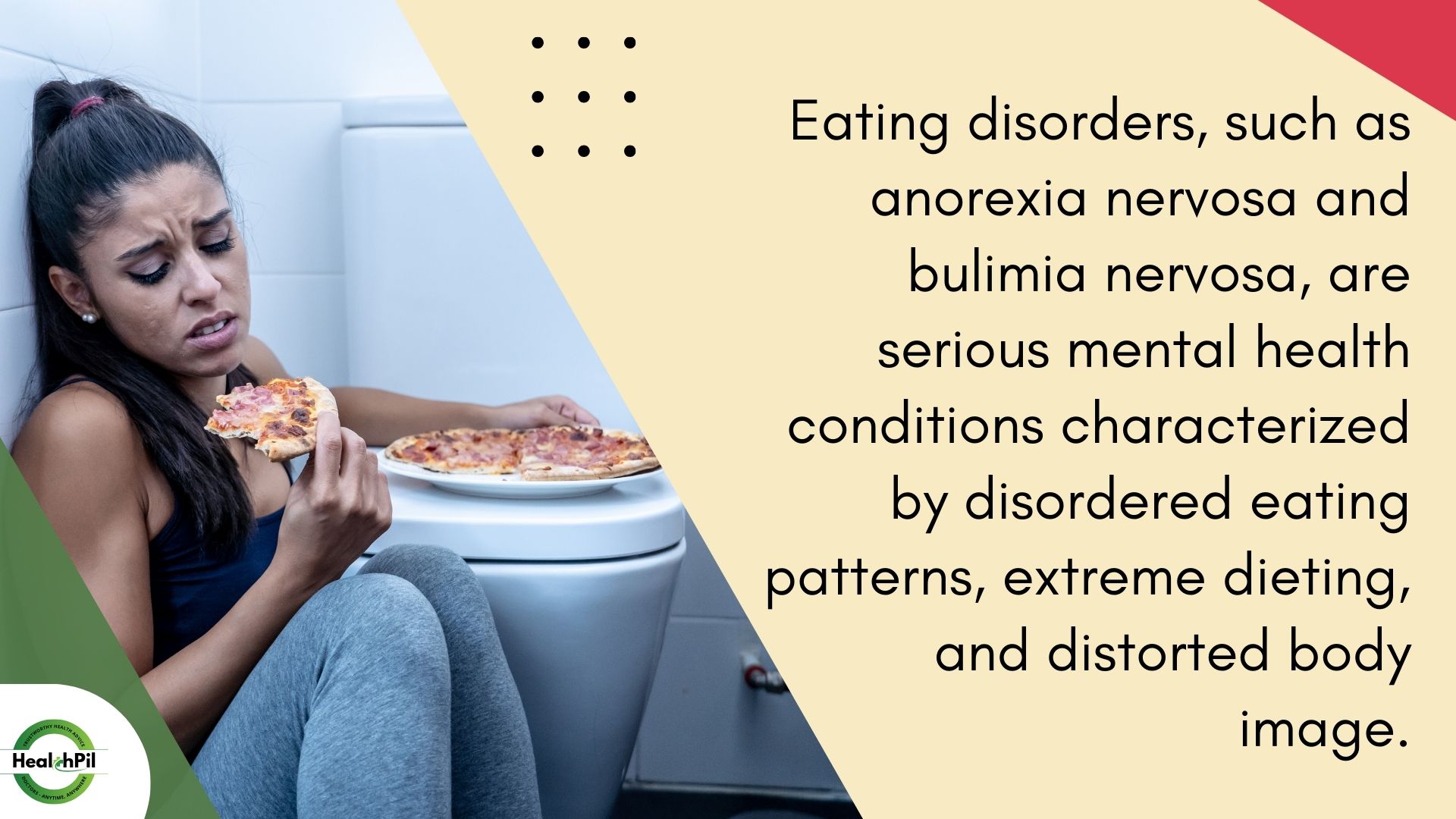
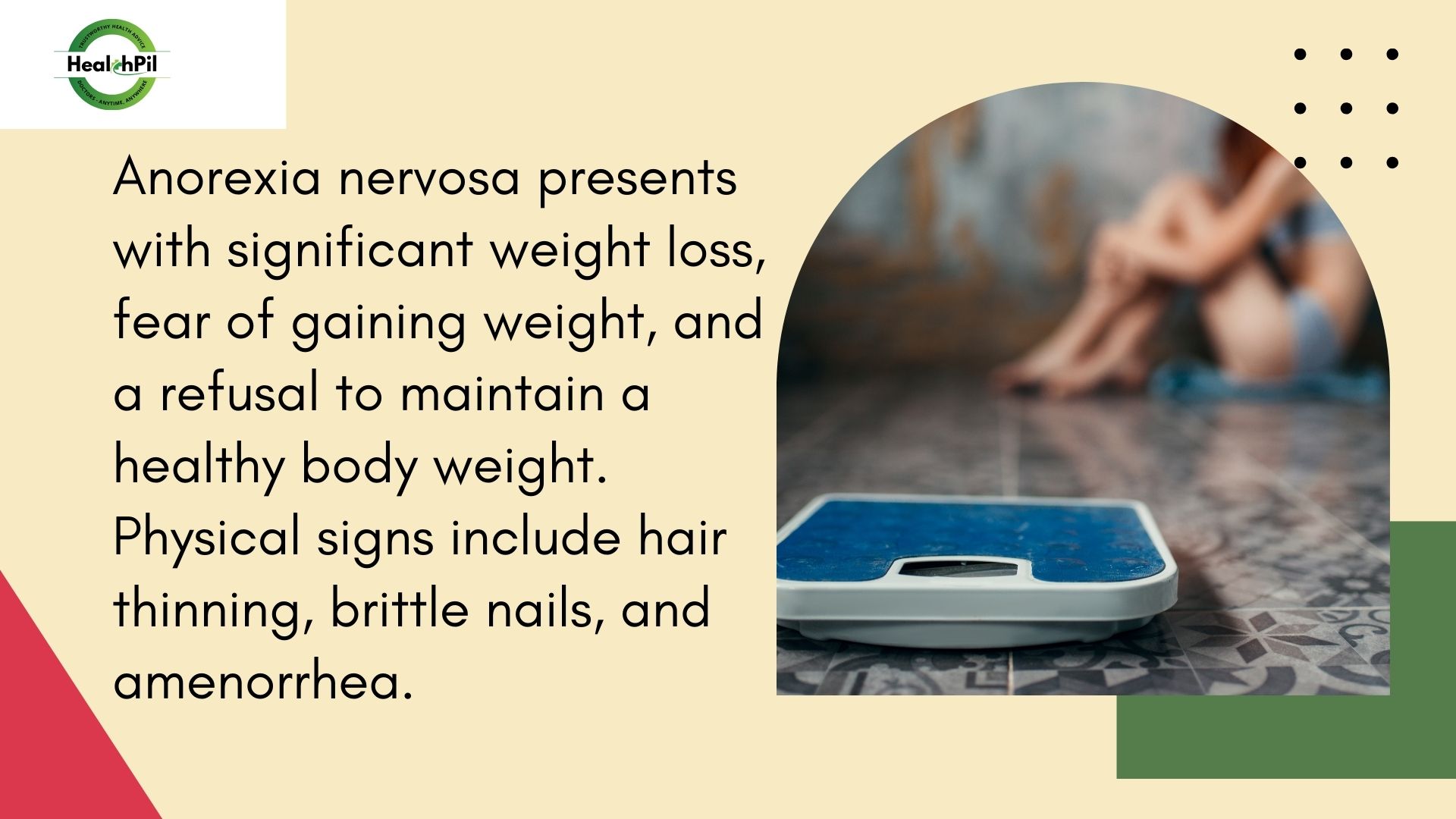
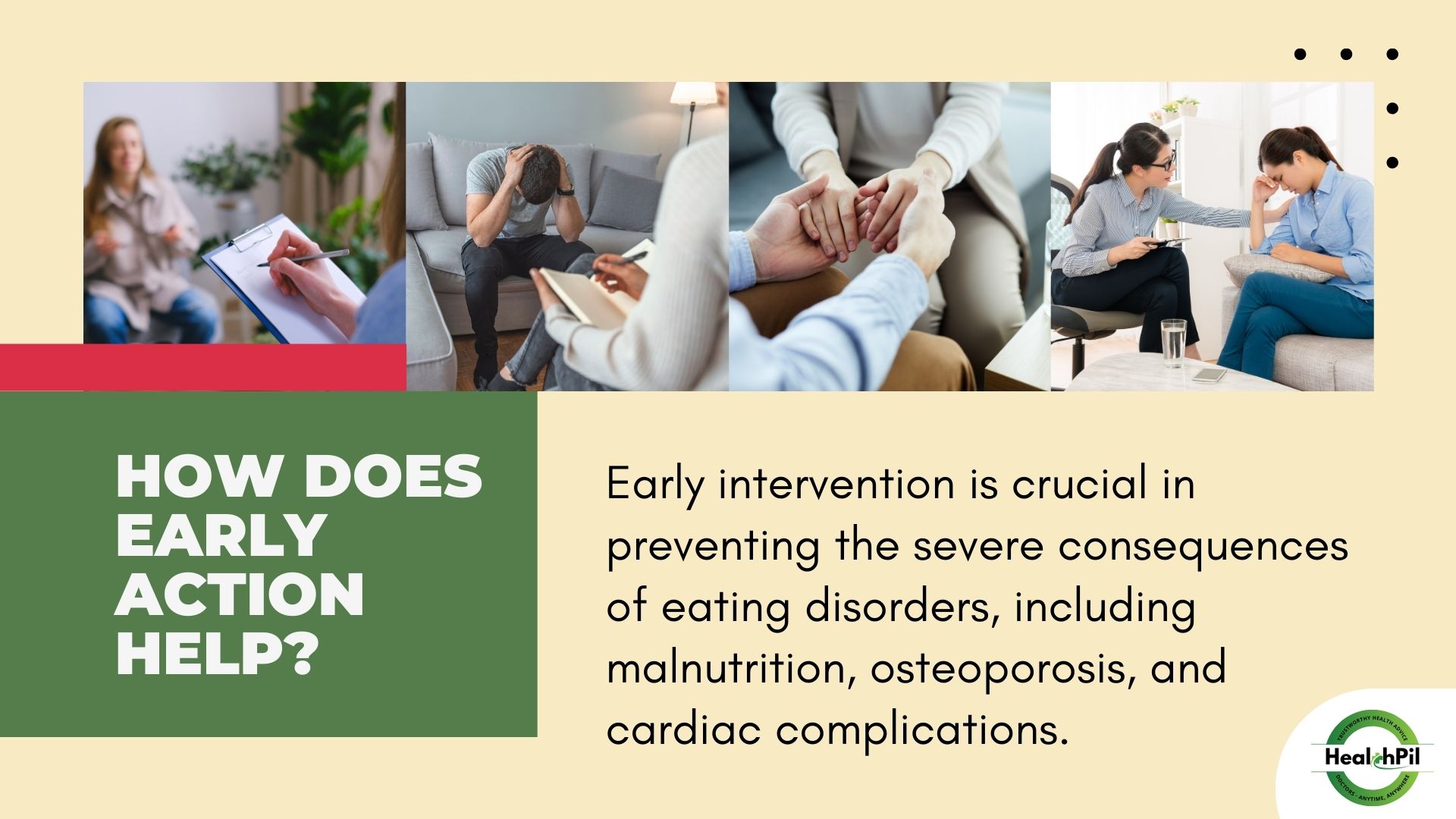
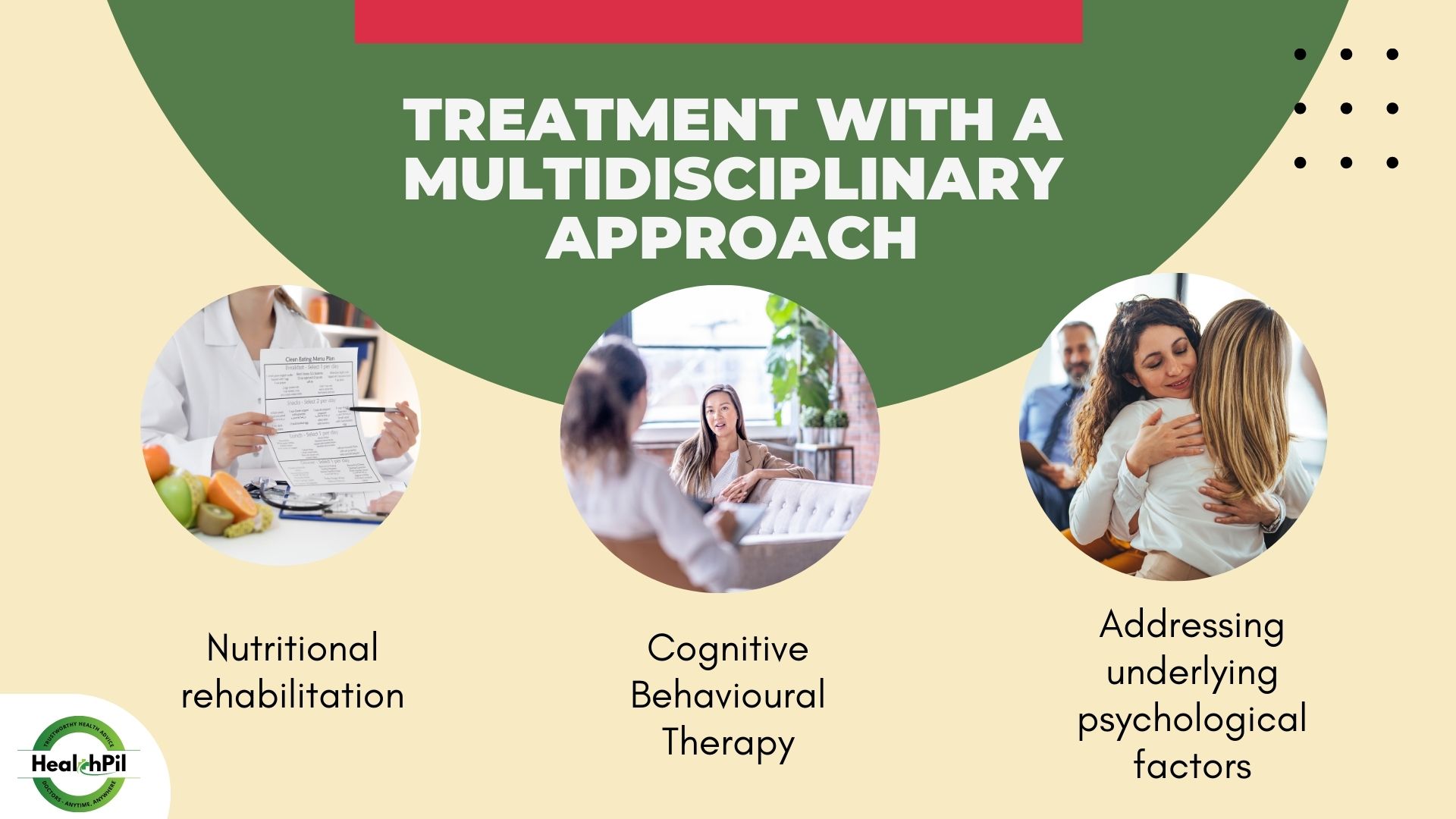
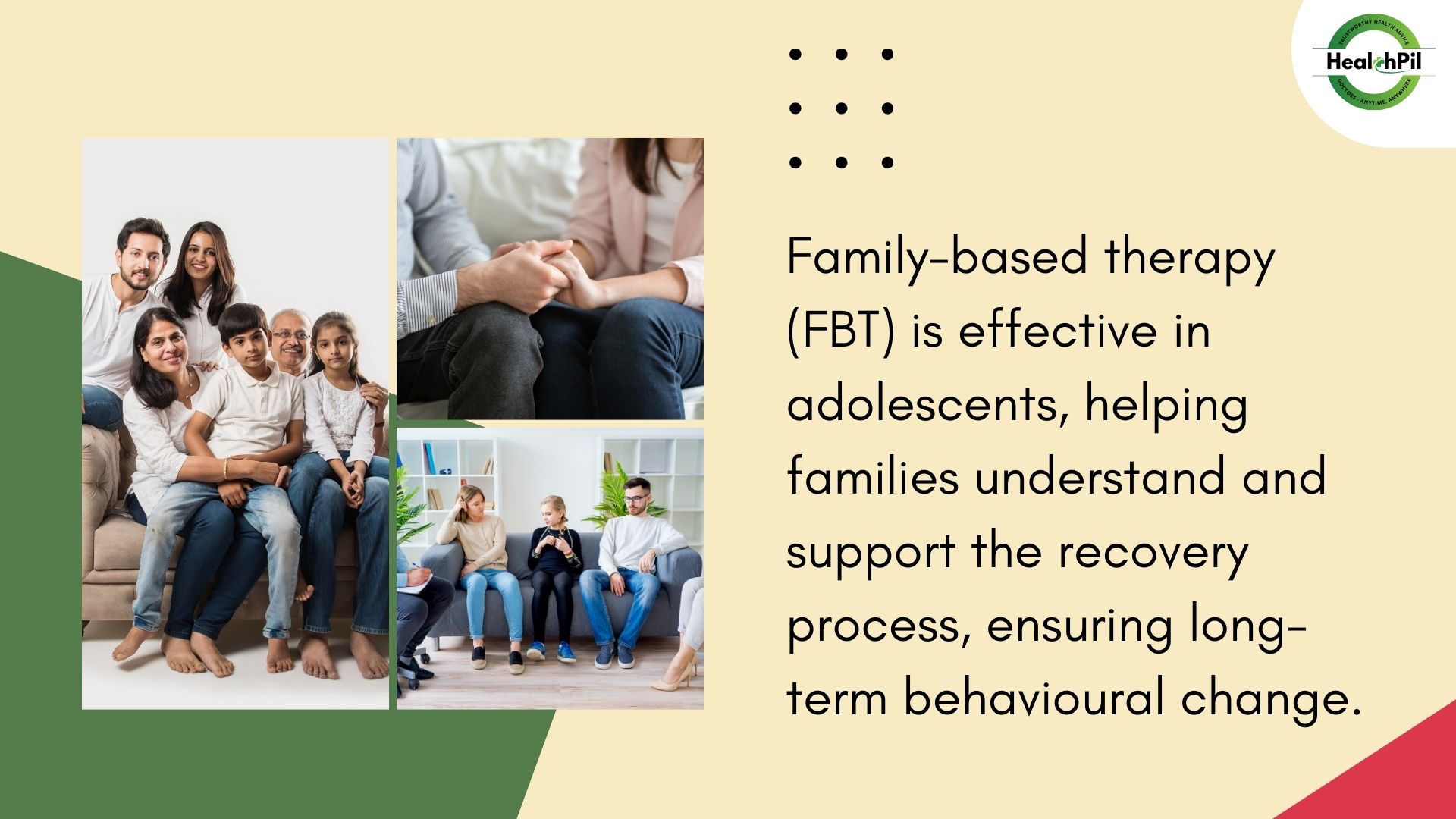
Meet Sana (name changed), a 17-year-old girl whose battle with body image concerns led her down a dangerous path of restrictive eating behaviors and excessive exercise. Social media’s influence led Sana to develop Anorexia nervosa, a serious eating disorder where she became fixated on extreme dieting and struggled with a distorted body image. Her journey through treatment highlights the importance of spotting eating disorders early and offering the right support to help teens overcome them.
The Reality of Eating Disorders
Eating disorders such as Anorexia nervosa and Bulimia nervosa, are serious mental health conditions that affect millions of individuals worldwide. According to the National Institute of Mental Health (NIMH), approximately 0.5% to 3.7% of women experience anorexia nervosa in their lifetime, with a significant number of cases beginning during adolescence.These disorders often involve unhealthy eating habits, extreme dieting, and a distorted perception of their body weight and shape.
Identifying Anorexia Nervosa
Anorexia nervosa manifests through various signs and symptoms. Some of them are as follows
● A noticeable reduction in body weight.
● An intense fear of becoming overweight, leading to restrictive eating.
● Maintaining a weight significantly below the normal range for age and height.
● Hair thinning, brittle nails, and amenorrhea (loss of menstrual periods) are common physical indicators.
How Early Intervention helps
Early intervention is crucial for preventing the severe consequences associated with eating disorders. Complications can include malnutrition, osteoporosis, and cardiac issues. Research indicates that the earlier the intervention, the better the outcomes. Unfortunately, up to 20% of individuals with anorexia nervosa may die as a result of the disorder, making prompt treatment essential.
How can it be treated?
● Nutritional Rehabilitation: Working with a nutritionist to restore a healthy diet and address nutritional deficiencies.
● Cognitive Behavioral Therapy (CBT): This therapeutic approach focuses on changing unhealthy thought patterns related to body image and eating habits.
● Addressing Psychological Factors: Treatment also aimed to explore and resolve underlying psychological issues contributing to the disorder.
What is Family-Based Therapy?
Family-based therapy (FBT) has proven effective for adolescents like Sana. This approach involves educating family members about the disorder and empowering them to support their loved one through recovery. FBT helps families play an active role in the recovery process, ensuring long-term behavioral change and improved outcomes.
Conclusion: A Call to Awareness
Sana’s journey highlights the critical need for awareness and education around eating disorders among adolescents. Recognizing the signs of anorexia nervosa and other eating disorders is essential for early intervention and effective treatment.
If you or someone you know is struggling with disordered eating or body image issues, seeking professional help is vital. Early intervention can make a significant difference in recovery outcomes.
At HealthPil, we are dedicated to providing reliable health information and connecting individuals with qualified healthcare providers. Remember, the insights shared in this article are for educational purposes and should not replace professional medical advice.
Take charge of your health! If you notice warning signs of eating disorders, don’t hesitate to reach out for support and guidance.
FAQ: Addressing Common Concerns
Can irregular periods always mean PCOS?
Not necessarily. Irregular cycles are common in adolescence and may normalize over time. Persistent issues require medical evaluation.
Is PCOS curable?
PCOS is a manageable condition with lifestyle changes, medications, and support. Early intervention improves outcomes.
Does stress affect menstrual cycles?
Yes, stress can disrupt hormonal balance, leading to irregular periods. Stress management is key to overall health.
Should adolescents take hormonal medications for irregular periods?
Only when prescribed by a doctor. Non-pharmacological interventions are often the first line of management.

